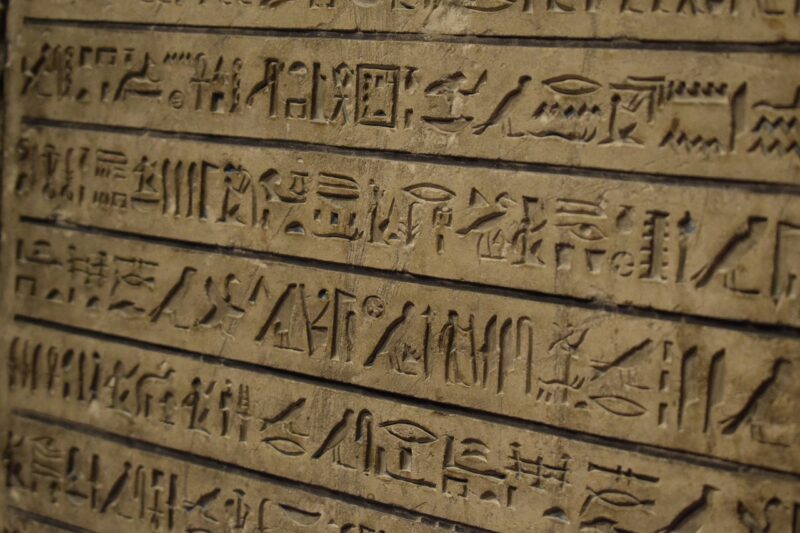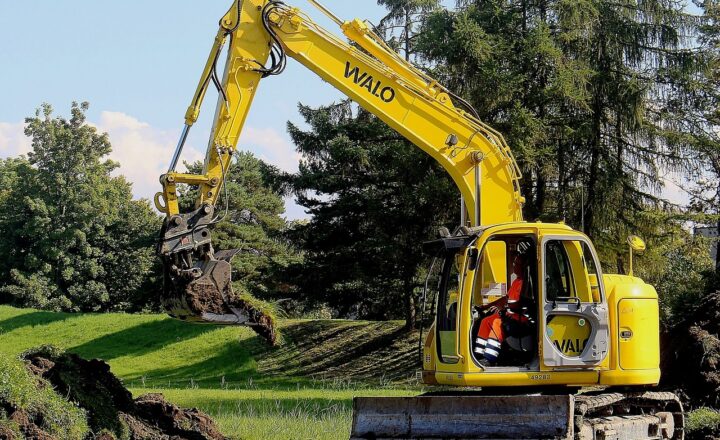The Lost Labyrinth of Egypt: Could It Hold the Secrets of an Ancient Civilization?
November 12, 2024

For centuries, Egypt has been a focal point for historians, archaeologists, and explorers alike, often offering glimpses into a civilization that was one of the oldest and most fascinating in human history. Among the many wonders of ancient Egypt, one of the most intriguing and elusive is the Lost Labyrinth, rumored to contain the secrets of long-forgotten knowledge. The labyrinth has become a subject of myth and speculation, as many still ask—could this ancient structure hold the answers to riddles that have puzzled humanity?
1. The Historical Context of the Lost Labyrinth
The origins of the Lost Labyrinth of Egypt can be traced back to ancient texts and reports from historians like Herodotus and Diodorus Siculus. Herodotus, known as the “Father of History,” famously wrote about a massive underground labyrinth in the vicinity of Lake Moeris in the 5th century BCE. He described it as a sprawling marvel filled with numerous chambers, offering glimpses into the civilization’s religious practices and governance.
Diodorus Siculus provided further details, claiming it was a magnificent structure blessed with intricate designs, decorated with statues, and served multiple purposes including religious rituals, gatherings, and as a burial site. While various sites in Egypt have been suggested as locations for the labyrinth, its existence has largely remained unproven, leading to a blend of myth and reality in its portrayal in modern culture.
2. The Search for the Labyrinth: Archaeological Efforts
In modern times, the quest to find the Lost Labyrinth of Egypt has invigorated archaeologists and adventurers alike. Numerous excavations have taken place in the quest to uncover its mysteries and determine if the tales of a grand labyrinthary structure were mere fiction or based in truth. Cities like Hawara, situated on the West Bank of the Nile, have been prime candidates due to historical assertions.
In the 19th and 20th centuries, excavations at Hawara pointed towards the existence of a complex of chambers, potentially the remnants that had sparked tales of the labyrinth. Some archaeologists have analyzed ancient narratives, aligning them with modern-day excavation data to identify structures that may correlate with these descriptions. However, despite various findings, no definitive evidence has been uncovered to confirm the labyrinth’s existence, compelling scholars to approach the narrative with caution.
3. Theories Surrounding the Labyrinth’s Purpose
Given its mythical portrayal, the purposes attributed to the Labyrinth vary greatly. Here are a few prevalent theories that shed light on its potential significance:
- Religious and Spiritual Functions: Some scholars speculate that the labyrinth might have served a religious purpose, possibly housing sacred spaces dedicated to deities or hosting ceremonies.
- Royal Tomb Complex: Given the prominence of burial practices in ancient Egypt, another theory suggests that the labyrinth could have been associated with royal burials or as a tribute for pharaohs, akin to the pyramids.
- Architectural Marvel: Its sheer design and style might have fulfilled a purely aesthetic purpose, showcasing the advanced architectural capabilities of the ancient Egyptians. The Labyrinth’s complex interconnections could symbolize the journey to the afterlife or serve as an inspirational guideline for future architects and builders.
While these theories are enriching, the true purpose of the labyrinth remains unverified and steeped in speculation.
4. The Lost Labyrinth in Popular Culture
The Lost Labyrinth has captured the imagination of many, leading to its inclusion in popular culture. Films, literature, and video games have perpetuated the myth, often portraying it as a treasure trove of ancient knowledge or booby-trapped explorations.
Interestingly, modern novels and screen adaptations are inspired by the themes of exploration and discovery, further romanticizing the legend of the labyrinth. The intertwining of fact and fiction makes for a compelling narrative that resonates with audiences, pushing the boundaries of imagination while keeping the inquiry alive regarding the labyrinth’s historical accuracy.
5. The Legacy and Future of the Labyrinth
The legacy of the Lost Labyrinth is not just confined to its possible existence but also lies in its ability to inspire future generations to explore the depths of human creativity and civilization. As technology advances, our methods of archaeological exploration are evolving, offering new tools to potentially uncover hidden archaeological remains.
Many archaeologists remain hopeful that new excavation techniques, coupled with ground-penetrating radar technology, might one day lead to the discovery of this elusive structure. As such, continued research in historical texts could still reveal buried clues that guide explorations in Egypt’s vast desert.
6. Conclusion: A Mystery Yet to Unfold
The Lost Labyrinth of Egypt continues to be a captivating enigma steeped in the realms of mythology, archaeology, and modern culture. While its existence remains unproven, the tales of its secrets evoke a sense of wonder, igniting curiosity about the civilization that once flourished along the Nile. As we strive to unveil the truths of the past, the mystery of the labyrinth may just inspire a new generation of explorers and scholars, keeping the spirit of discovery alive in the sands of Egypt.
For now, the question lingers—could the Lost Labyrinth hold the keys to understanding an ancient civilization that shaped the course of human history? Only time, research, and exploration will tell.







